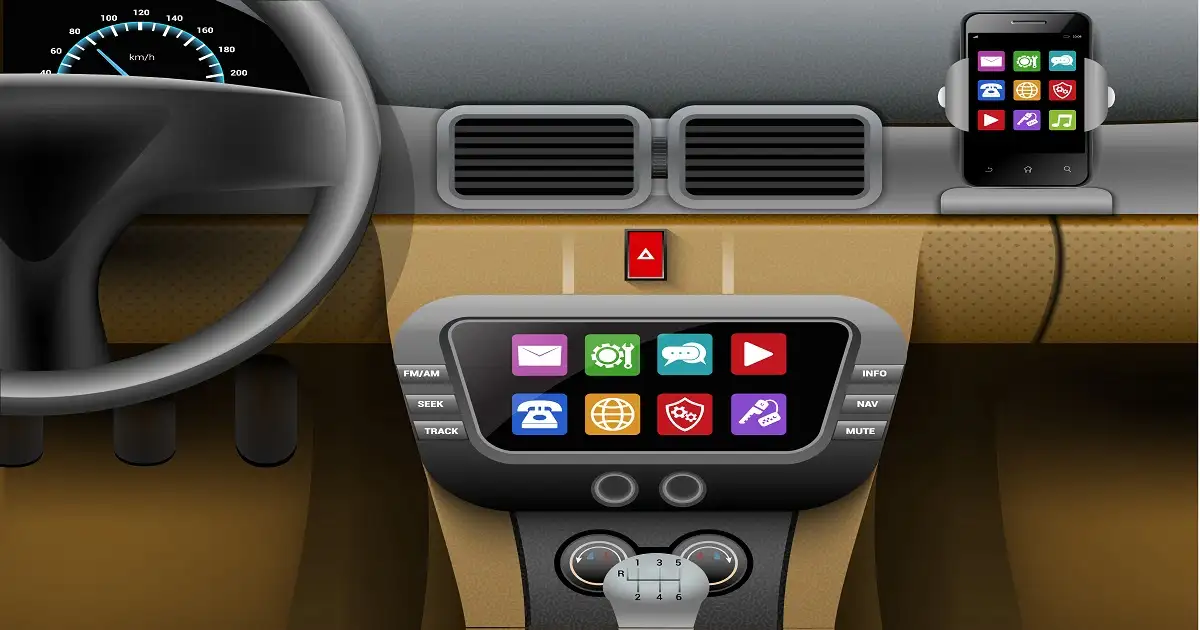In today’s fast-paced world, technology plays a significant role in making our lives convenient, especially while on the road. Android Auto, a platform developed by Google, has revolutionized the in-car experience by integrating essential apps like navigation, communication, and music. However, the Android Auto music player, while functional, has faced criticisms for its interface and usability. This article delves into the potential redesign of the Android Auto music player and how it can improve user satisfaction and safety.
Why Redesign the Android Auto Music Player?
Android Auto’s music player has been a crucial component for drivers who enjoy listening to music, podcasts, or audiobooks during their journeys. However, users have frequently highlighted issues such as:
- Cluttered Interface: The current design often feels crowded, making it difficult to navigate.
- Limited Customization: Users cannot personalize the interface to suit their preferences.
- Distraction Potential: Some features require excessive interaction, which can distract drivers.
- Compatibility Issues: Integration with third-party music apps sometimes leads to inconsistent performance.
A redesign could address these concerns and create a safer, more enjoyable driving experience.
Key Features to Include in the Redesign
To make the Android Auto music player more user-friendly and efficient, the following features should be prioritized:
1. Simplified Interface
A cleaner and more minimalistic design would allow drivers to quickly access their favorite features. Large, easily readable buttons and a focus on essential controls would reduce the cognitive load.
2. Voice Command Optimization
Integrating advanced voice recognition for controlling playback, selecting playlists, or searching for songs can minimize distractions. Google Assistant integration could be enhanced to offer seamless control.
3. Customizable Dashboard
Providing users with the ability to customize their dashboard can make the experience more personal. Options to rearrange controls, change themes, or prioritize certain apps can cater to individual preferences.
4. Smart Recommendations
Using AI to provide personalized music recommendations based on the driver’s mood, location, or time of day can make the music player more engaging.
5. Offline Mode Support
Allowing users to access their downloaded music directly from the Android Auto interface ensures uninterrupted entertainment in areas with poor connectivity.
6. Improved App Compatibility
A redesign should focus on seamless integration with popular third-party music apps like Spotify, Apple Music, and YouTube Music.
7. Gesture Controls
Incorporating gesture-based controls can provide an intuitive way to manage music without looking at the screen.
8. Safety-First Features
Implementing features like automatic volume adjustment during navigation instructions or emergency alerts ensures safety remains a top priority.
Design Principles for the Redesign
To ensure the redesign achieves its goals, adhering to the following design principles is crucial:
1. User-Centric Design
The focus should remain on the driver’s needs, ensuring the interface is intuitive and distraction-free.
2. Consistency
Maintaining consistency in the layout, icons, and controls across different music apps provides a cohesive experience.
3. Accessibility
Designing for accessibility ensures all users, including those with disabilities, can use the music player effortlessly.
4. Responsive Design
The interface should adapt to various screen sizes and resolutions, providing a uniform experience across different car displays.
How a Redesign Enhances the Driving Experience
1. Safety Improvements
By reducing the need for manual interaction, the redesign minimizes distractions and enhances overall safety on the road.
2. Better Entertainment
A more engaging and personalized music experience keeps drivers and passengers entertained during long journeys.
3. Increased User Satisfaction
Addressing common pain points ensures users feel more satisfied with the platform, encouraging loyalty to Android Auto.
4. Competitive Edge
With a superior music player, Android Auto can maintain its competitive edge against rivals like Apple CarPlay.
Challenges in Implementing a Redesign
While a redesign offers numerous benefits, certain challenges must be addressed:
- Technical Limitations: Ensuring compatibility with a wide range of devices and car models can be complex.
- User Resistance: Some users may resist changes to an interface they are accustomed to.
- Development Costs: A comprehensive redesign requires significant time and resources.
- Regulatory Compliance: Features must adhere to safety regulations in different regions.
Future Possibilities
The potential of the Android Auto music player goes beyond a simple redesign. Future advancements could include:
- Augmented Reality Integration: Displaying music controls on the windshield for hands-free operation.
- Mood-Based Playlists: Using sensors to detect the driver’s mood and suggesting appropriate playlists.
- Advanced Analytics: Offering insights into listening habits and trends for a tailored experience.
Conclusion
A redesigned Android Auto music player promises to revolutionize in-car entertainment by addressing current limitations and prioritizing user safety and satisfaction. By integrating advanced features like voice commands, customizable dashboards, and AI-driven recommendations, the platform can set new standards in automotive technology. As users eagerly await these improvements, it’s clear that a thoughtful redesign has the potential to redefine how we experience music on the road.
FAQs About Android Auto Music Player Redesign
1. Why is a redesign necessary for the Android Auto music player?
A redesign addresses user concerns like cluttered interfaces, limited customization, and distraction risks, enhancing the overall driving experience.
2. How will the redesign improve safety?
The redesign focuses on features like voice commands, gesture controls, and simplified interfaces to minimize distractions.
3. Will the redesigned player support all music apps?
Yes, the redesign aims to ensure seamless integration with popular third-party music apps like Spotify, Apple Music, and YouTube Music.
4. Can users customize the redesigned interface?
Absolutely. The redesign includes options for personalizing the dashboard, rearranging controls, and choosing themes.
5. When will the redesigned music player be available?
While there’s no official timeline, industry experts predict Google may roll out updates within the next few years.
For more important information feel free to visit my website: tranding.org

